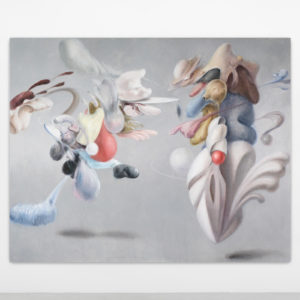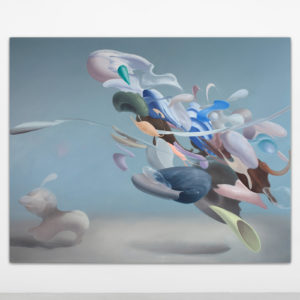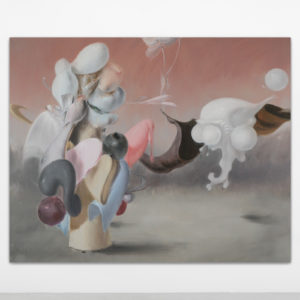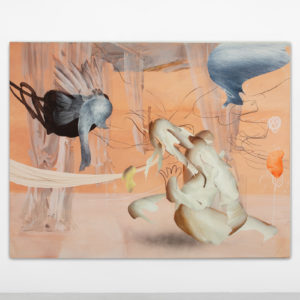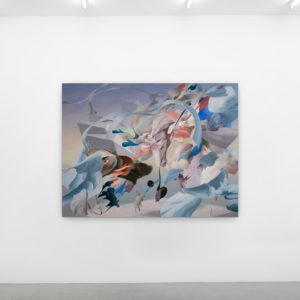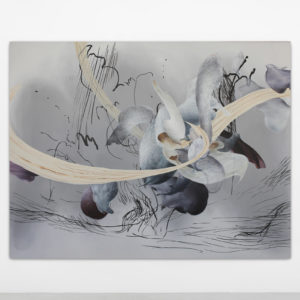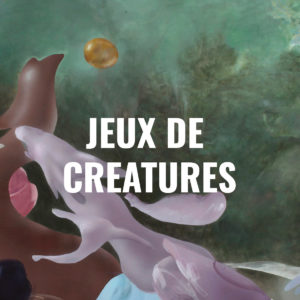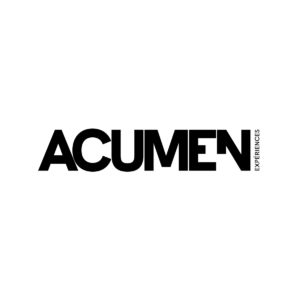Born in Liaoning, China in 1984
Currently works and lives in Paris, France
SOLO EXHIBITIONS
2024
Figures, Start Museum, Shanghai, China
2023
Fu Site, MadeIn Gallery, Shanghai, China
2022
Jeux de Créatures, PARIS-B, Paris, France
2018
Fu Site: Forking Paths | GAWA (TCT and Co.x W. Ming), W. Ming Art, Shanghai, China
2017
Disruped Narrative, Galerie PARIS-B, Paris, France
2014
Politicians, Solo Exhibition, Galerie PARIS-B, Paris, France
GROUP EXHIBITIONS
2025
CODE : Normandy Operation, 1690 Art Collection Space, Shanghai, China
2023
Group Show, Start Museum, Shanghai
2022
We borrow dreams from others, like debt, MadeIn Art Museum, Shanghai, China
High Voltage Three, Nassima Landau Art Foundation, Tel Aviv, Israel
2020
What You’ve missed, Galerie PARIS-B, Paris, France
2017
De l’Est à Paris, Liu Haisu Museum, Shanghai, Chine
2015
State of mind – Painting China Now, Group show, Galerie PARIS-B, Paris, France
2014
Don’t Look Back, Galerie PARIS-B, Brussels, Belgium
2013
Life, Death and Beauty, Parcours d’artistes-40 BAM (Musée des Beaux-Arts de Mons),
Mons, Belgium
Parcours d’art contemporain de Carcassonne, Hotel de la cité médiévale, Carcassonne, France
Prix Art School, Espace Canson, 59 rue de Rivoli, Paris, France
OOZ , Galerie de l’Ecole Supérieure d’art du Nord-Pas de Calais, Tourcoing, France
La Chine s’expose, Centre culturel de Douvrin, Douvrin, France
2010
Prémices, galerie de l’Ecole des beaux-arts de Versailles, Versailles, France
2006
Gong mei bei, galerie de l’Université Tsinghua, Beijing, China
AWARDS
2013
Canson Art School Prize, Winner
Parcours d’art contemporain de Carcassonne Prize, Winner
Concours de la peinture, La Tribu, Winner. Organized by Artension magazine in partnership with La Tribu des Artistes
Concours Masque, Winner. Organized by CROUS Université
ARTIST RESIDENCIES
2025
MadeIn Gallery, Shanghai, China
-

Group Show
Une vie à l’Opéra
06/30/2022 - 07/30/2022 -

Fu Site
Jeux de créatures
01/08/2022 - 02/26/2022 -
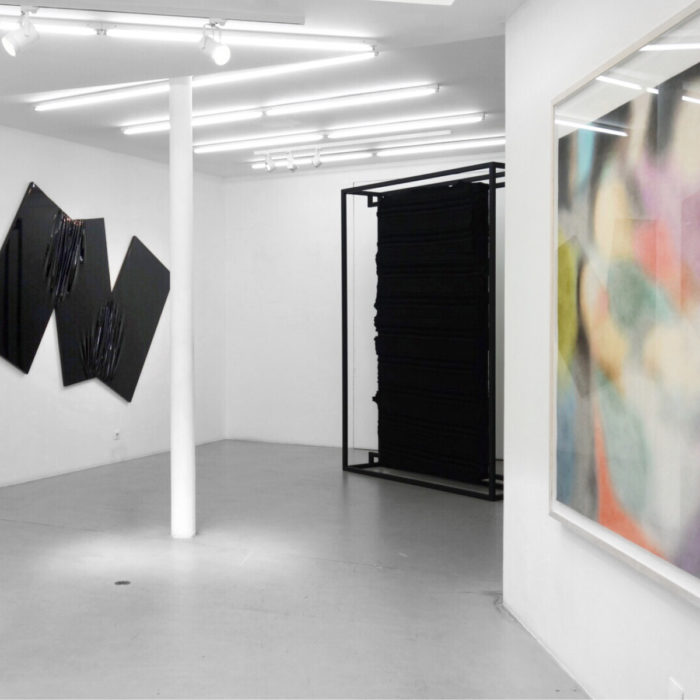
Group show
WHAT YOU’VE MISSED …
05/25/2020 - 07/25/2020 -
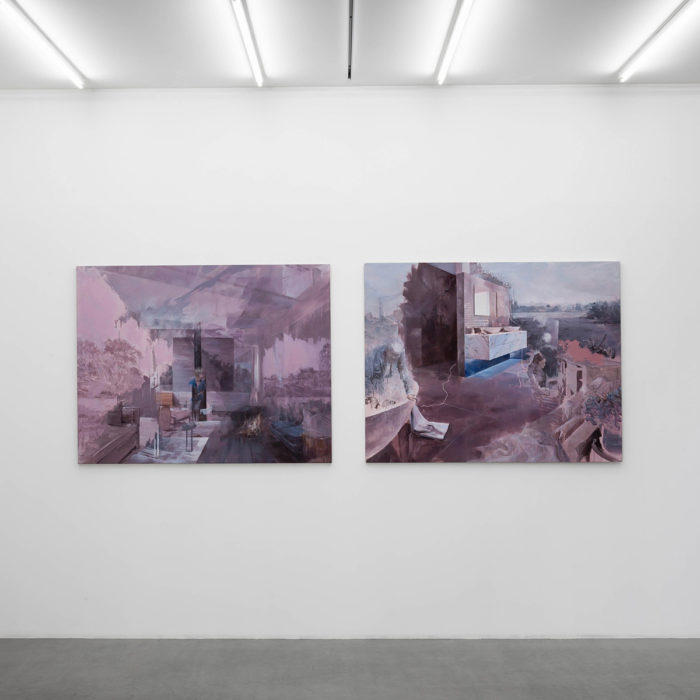
FU SITE
DISRUPTED NARRATIVE
01/05/2017 - 02/25/2017 -
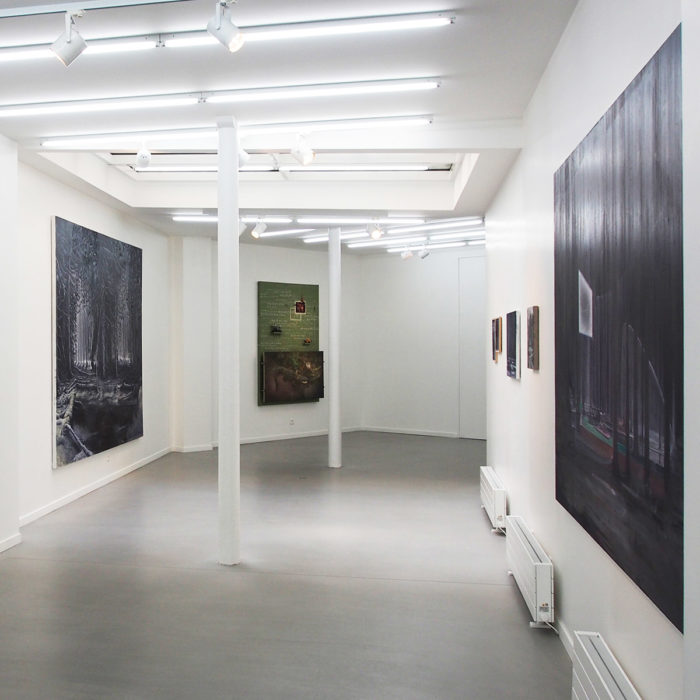
PAINTING CHINA NOW
STATE OF MIND
06/04/2015 - 07/31/2015 -
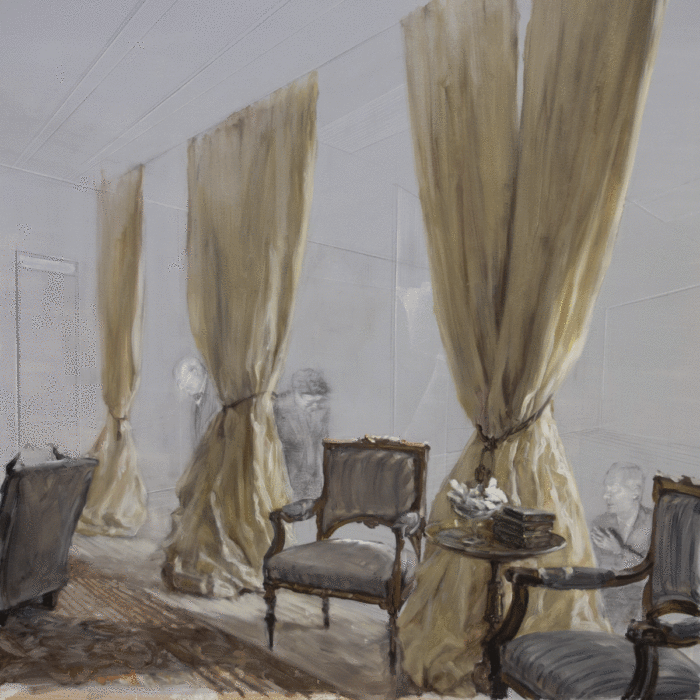
FU SITE
POLITICIANS
09/11/2014 - 10/18/2014 -
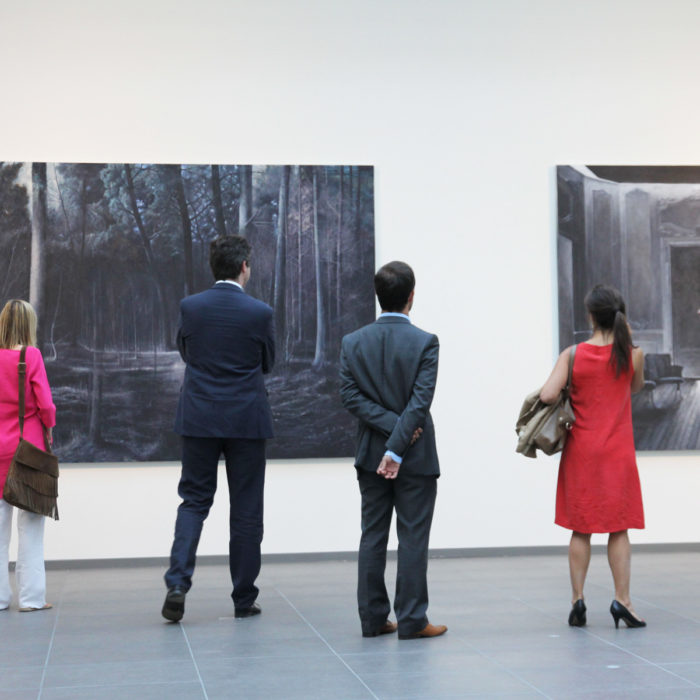
Group Show
DON’T LOOK BACK
06/12/2014 - 09/13/2014
“The Game of Eternal Becoming – On the Most Recent Paintings of Fu Site” Dec 2021, By Heinz-Norbert Jocks
Fu Site’s extraordinary paintings resemble an escape from reality into a dream realm of the imagination, a fantastically surreal hemisphere, and yet, nevertheless, they unconsciously touch on reality. Seeing them, one has the intense impression that the painter, who was born in Liaoning in 1984 and lives in Paris today, relinquishes the guidance of his hand to hallucinations that, out of paint, “lie into truth” (Louis Aragon) ambivalent transitional visions. Inasmuch as he often begins by first intuitively composing a shape or drawing fragments that set off a chain reaction, indeed, a true flood, of associations – of emotions too – his method can still be best described as the Écriture automatique of the surrealists. Only with the subtle difference that he balances the endless possibilities with, among other things, the aid of a computer software program, and, through it, produces a contemporary, incomparable visual impression.
Deprived of both a classification and being accessible through terms and definitions and unequivocal readability, they oscillate gently and with audacious lightness between figuration and the non-representational in such a way that we are unable to clearly fathom either. So much so that we involuntarily puzzle over whether anything at all is represented there, or whether what we think we can recognize is once again in the process of disintegrating, in order to quickly to become something else.
The subtle way that Fu creates the interplay of shapes, as cheerful as they are colourful, and how he has them correspond with each other, demonstrates his proximity as a painter to film, and how he commits to a close liaison with the medium of the moving picture, by setting aspects of the image in motion and exploring the eternal process of their wondrous metamorphosis. That he has read Friedrich Nietzsche, the radical philosopher who praises eternal becoming and therefore transcendence, is evident. Equally so, his obsessive closeness to or rather fondness for Francis Bacon, who deformed and warped the shape of bodies in such a way that they appear as if they are transforming in just this moment. It is no doubt this aesthetic transformational effect Fu is interested in when he pursues a total fusion of the figurative and the abstract. This leaves us uncertain over what was there first: the abstract or the figurative form? The strange condition of these creations with something ghostly about them, taken from organic shapes and composed of fragments, symbolize for the painter, as he says, “the manifestation of a potential power of incarnation”. This is because for Fu, who graduated from Tsinghua University in Beijing in 2006, everything is constantly in flux. For him, there can no more be a standstill than there can be an end, as it signifies a new beginning.
Ultimately, he is concerned with exploring the interconnectedness of complex forms of expression, as well as investigating the relationships between colour, space and volume and, if nothing else, the interweaving of what is drawn and what is painted.
Everything in these pictures, which let us associate human and non-human beings in an extraplanetary sphere of weightlessness and bring to life mysterious relations between half-named and unnameable objects, appears to be of equal validity. There are no hierarchies whatsoever. In front of us are shapes that are transparent as well as impenetrable, as if created out of glass, which seem to dance with each other, to mingle, interlock and merge, only to once again come undone. There, in front of us, a cloudlike, still amorphous shape mutates into the teeth of an animal, which could equally well be a running horse with a tail or a monster from a science fiction world, and a human arm, stretched towards the sky, protrudes out of a red shape that we perceive as a garment in such a way that we think we see before us a figure with a missing head. Other shapes have the appearance of a wing which reminds us of Icarus’ futile attempts at flight. And a “woman in black,” who keeps her right hand open, stands in an empty room that abstract shapes flutter through like birds.
The coexistence and dialogue between the figurative and the abstract illustrate that the painter is an obsessive raconteur, knowledgeable about mythology, who, when he elevates the transition between the nameable and the unnameable to his subject, reports on evolution and suggests stories that are unutterable. He is a master at allowing atmospheres of the unreal to develop that activate the collective unconscious and send us on the fantastic journey between image, association, emotion, consciousness, and visual experience.




